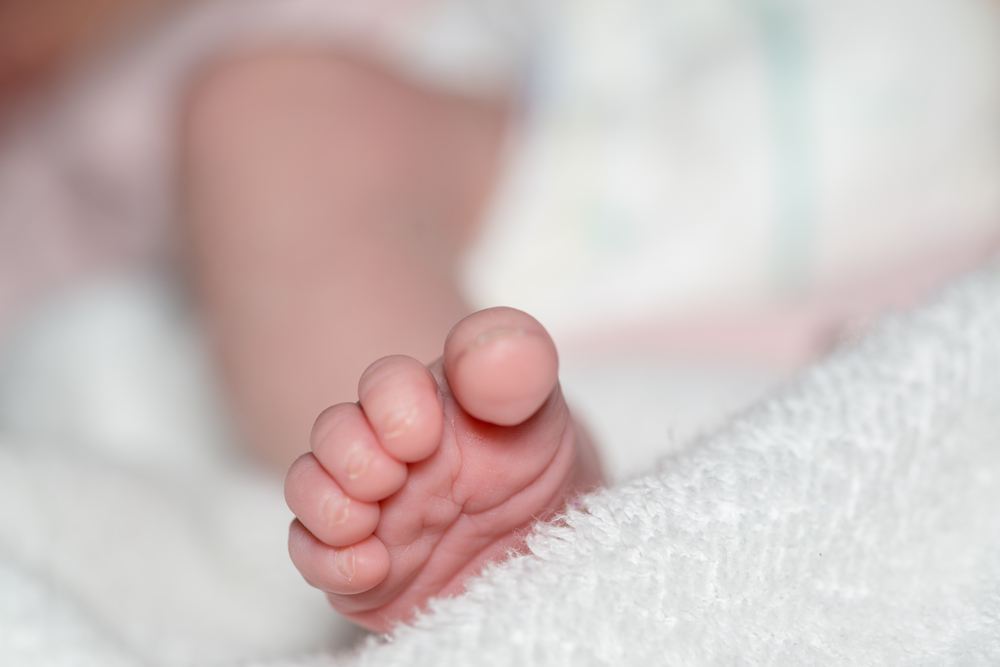Edward’s syndrome, also referred to as trisomy 18, is an inherited disorder that causes many deformities or defects in the body of infants born with the disease. Infants with this genetic disorder often die early after delivery. Moreover, there is no remedy for this condition.
In most instances, Edward’s syndrome transpires because of issues during the early development stage or during the growth of the reproductive cells. In addition, the mother’s age can increase the risk of disorder.
Sometimes, not all the cells have additional chromosomes, called mosaic trisomy, and signs in these cases might be less serious. Thus, supportive treatment is needed.


